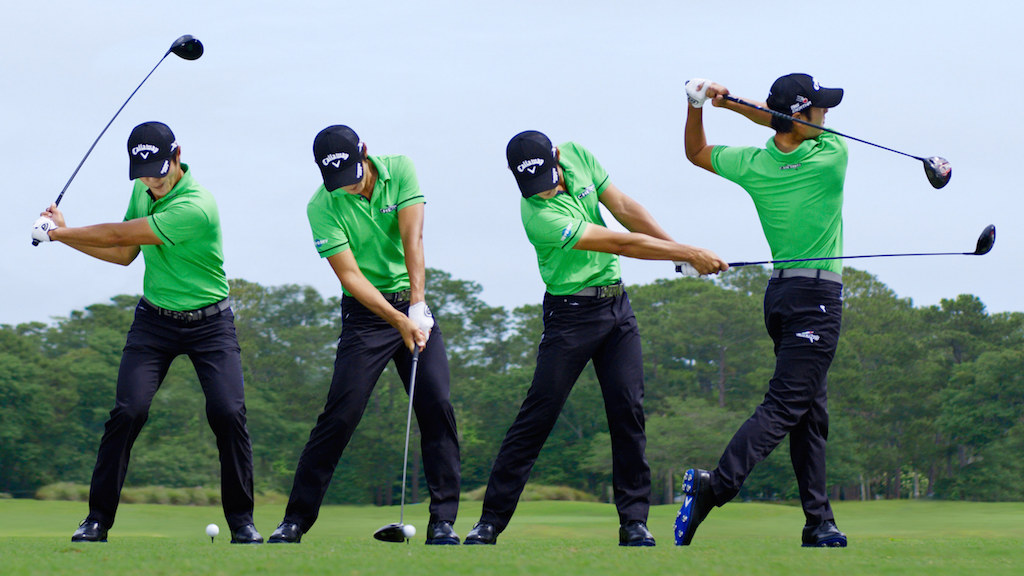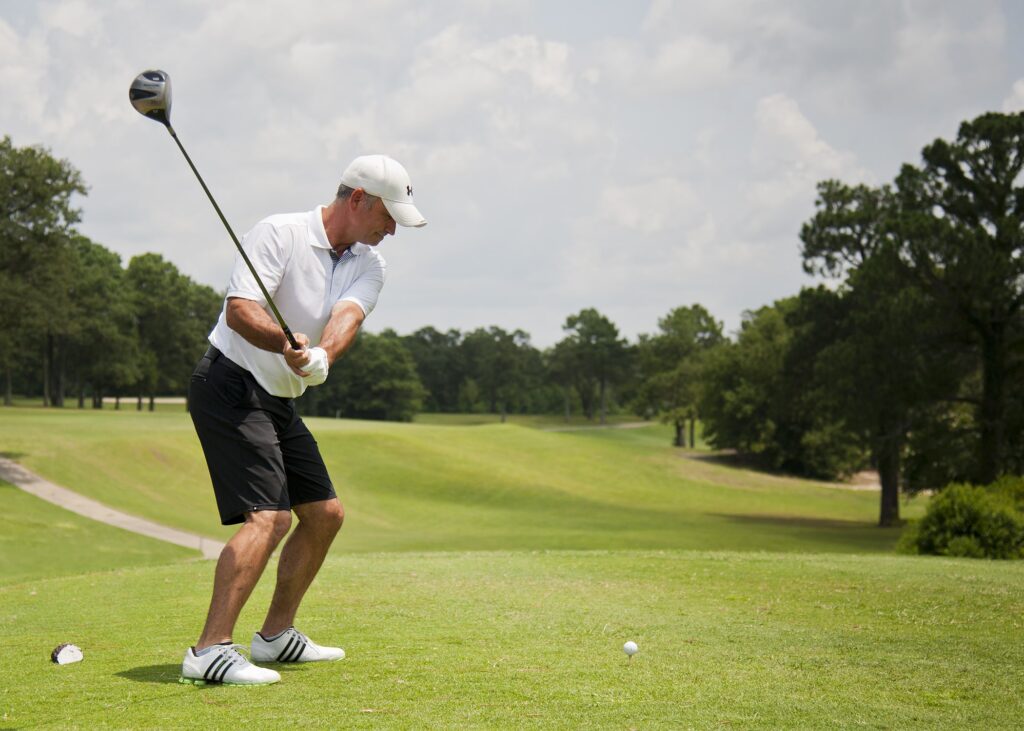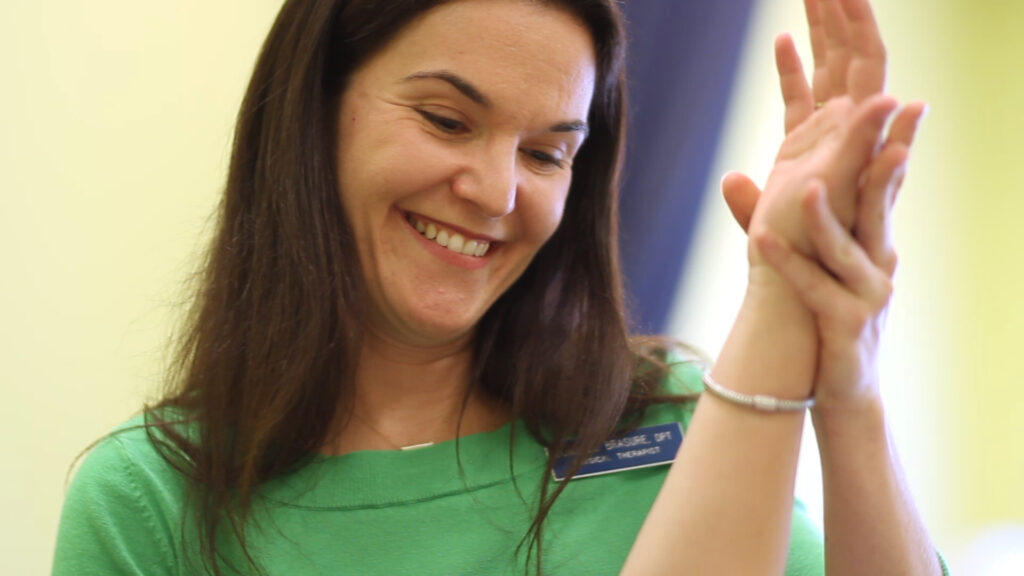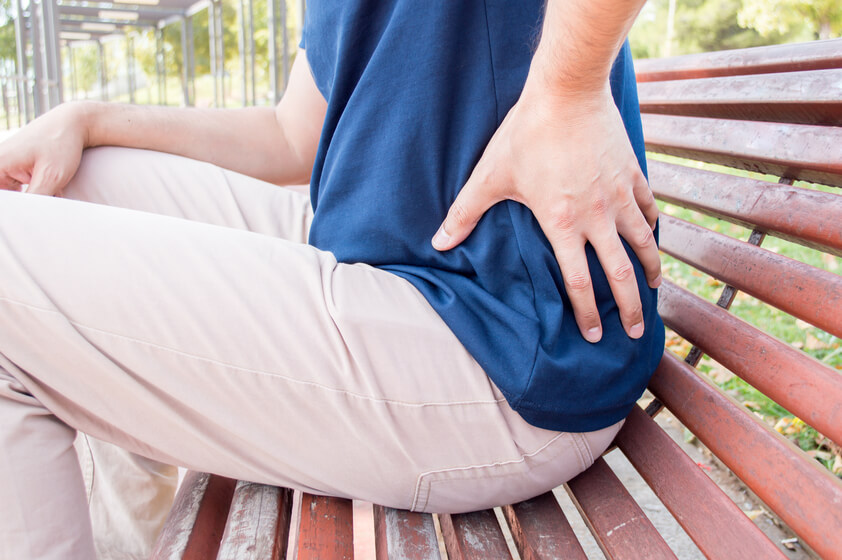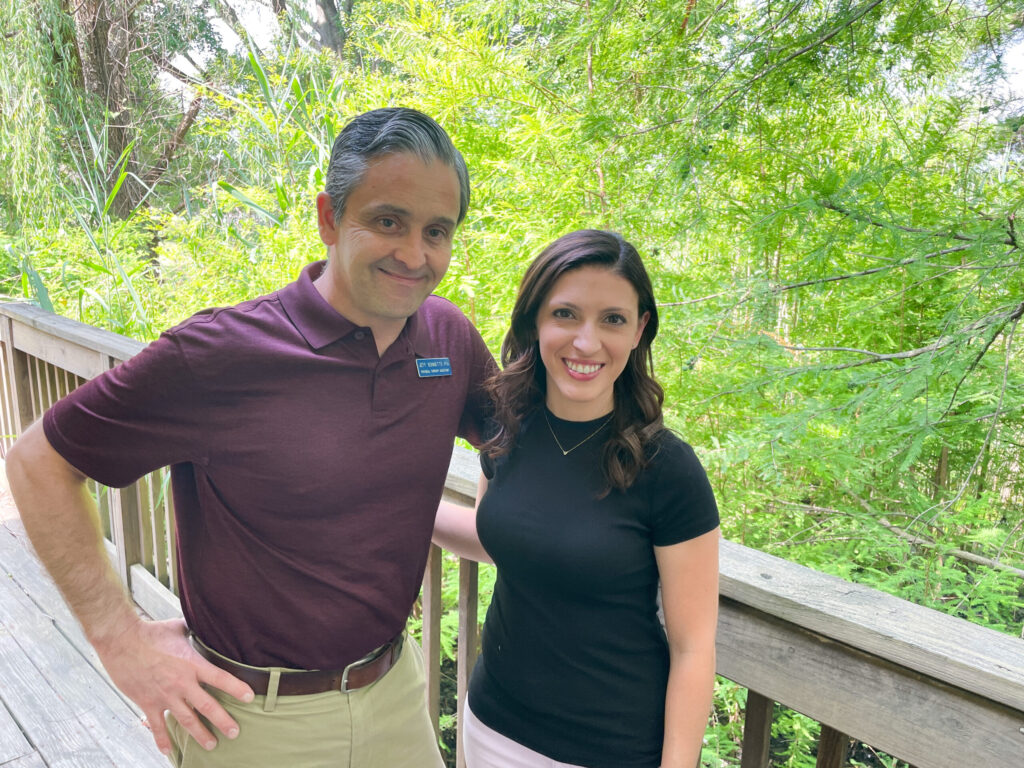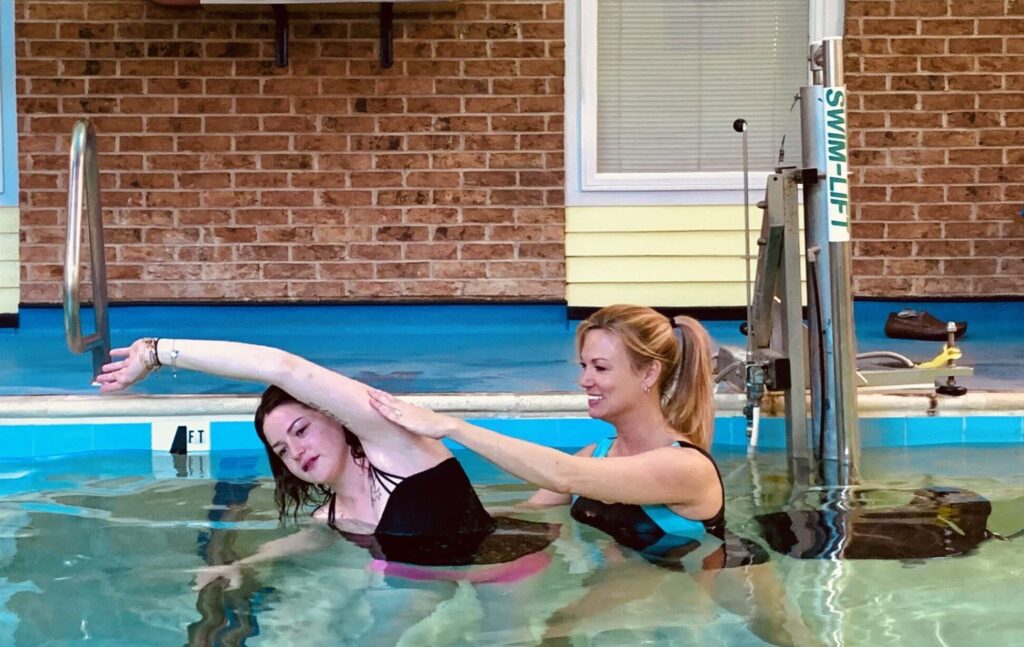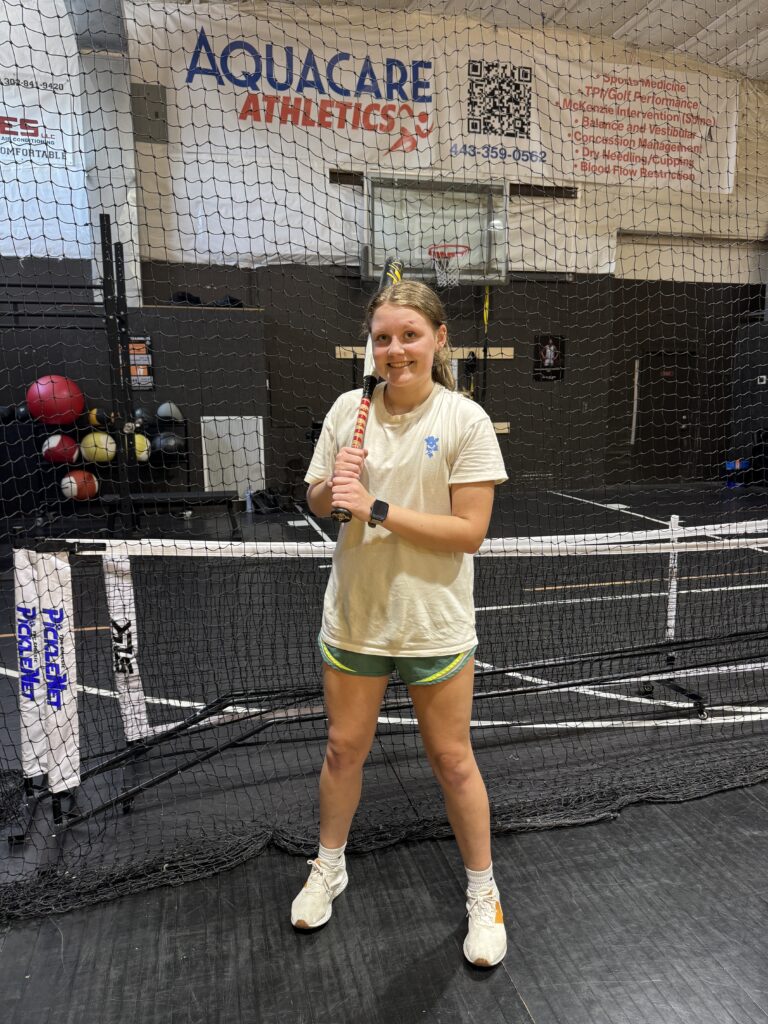
The Guide to Low Back Pain for Golfers with TPI

Titelist Performance Institute (TPI) “is the world’s leading educational organization dedicated to the study of how the human body functions in relation to the golf swing. TPI has analyzed how physical limitations in a player’s body can adversely affect the golf swing and potentially lead to injury.” Low back pain is the most common golf injury making up 25% of all golf injuries. 28.1% of all players deal with low back pain after every round from a study over 31,000 golfers. Below are reasons why golf may be a contributing to your back pain and ways to help prevent back pain from happening to you.
Causes of Low Back Pain in Golf
Recent research has shown that a single full golf swing places 8x your bodyweight of compressive forces through your lumbar spine or low back, whereas running only places 3x your body weight worth of compressive forces on the back. That’s some serious weight be placed on your low back during 1 full golf swing! Now let’s consider that large force over an average of 60 full swings per round an amateur golfer takes. Plus don’t forget about the average of 100 full golf swings that are taken during a normal practice session. Now think about the number of swings per week, per month, per year, and per lifetime that golfer takes…the cumulative load and force placed on the back now becomes even larger.
Research has shown that the muscles along your spine called the erector spinae are fatigued by the end of a full round of golf even though no significant changes may be experienced in ball speed, carry distance, or performance. Once fatigue sets into the erector spinae, swing deficits/compensations and abnormal loading of the parts of the body especially the low back may occur. This is why some may not experience back pain until the back 9. There are a variety of swing deficits that have been described, but research has shown that two deficits in particular that cause increased forces to be placed on the back are side bending on the trail side of the swing and excessive trunk flexion or bending forward during the swing. Swing deficits often occur in a non-fatigued state as well and are typically caused by stability or mobility deficits throughout the body.
How to Prepare your Back for Golf:
- Graded Exposure: There is such a thing as too much golf. Try limiting yourself to 18 holes per day maximum. As the season begins ease your way into the season gradually increasing how many days you play this will in turn gradually increase your body’s exposure and tolerance to golf until you reach the frequency and amount you desire.
- Golf Specific Physical Therapy: The age of “you don’t need to exercise or be in-shape to play golf” has been debunked by many physically fit golfers like Tiger Woods and through much research. It is imperative to have a great baseline cardiovascular endurance and muscular strength/endurance to be able to tolerate the demands the golf swing places on your body. You can counteract the cumulative load and fatigue with higher muscle strength and endurance to substantiate the force placed on the body. Remember that swing deficits can be caused by mobility or stability deficits, that’s where golf fitness and golf physical therapy are primed to help you get to the level you need to be at. At Aquacare and Excellens Physical Therapy we have a Titleist Peformance Institute Certified PT. Dr. Trevor Hirsch, DPT offers golf specific rehabilitative exercises, manual therapy, and golf swing video analysis. Slow-motion video analysis is used to assess the swing for swing deficits, biomechanical faults, or musculoskeletal stability or mobility deficiencies which then can be corrected with the proper manual therapy and golf-specific exercises.
Call Aquacare and Excellens Physical Therapy at 302-200-9920 more information and to schedule for your free 16- point TPI screen by Dr. Trevor Hirsch, PT, DPT


